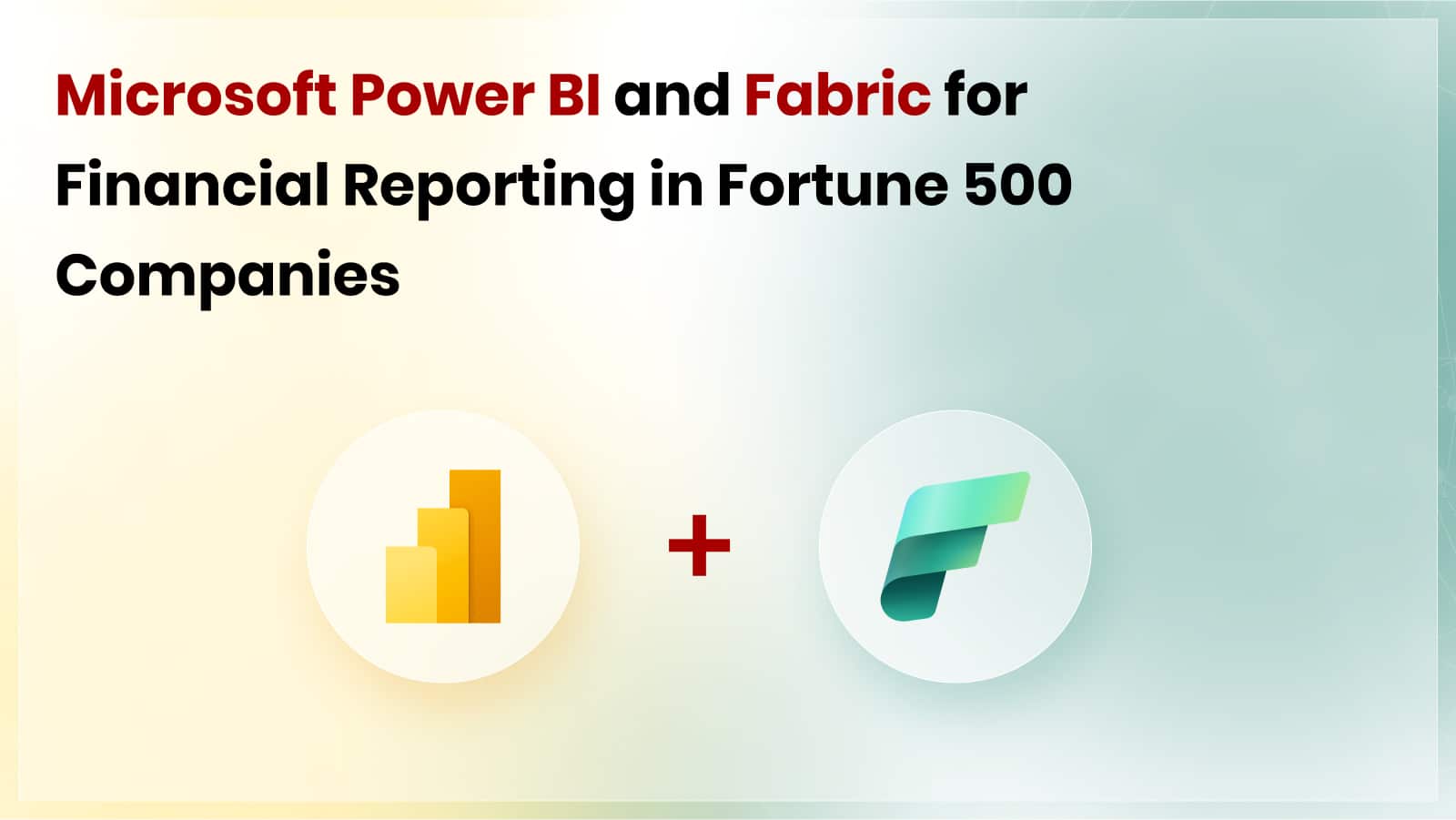Leveraging Microsoft Power BI and Fabric for Financial Reporting in Fortune 500 Companies
6 MIN READThe term Fortune 500 companies is Fortune Magazine listed most successful American companies ranked by total revenues for their respective fiscal years. Maintaining financial reporting is extremely important for businesses as it directly impacts decision-making. Overall, robust financial reporting is fundamental for sustaining growth and maintaining stakeholders’ confidence in the business. In the era of fast-growing technologies, Microsoft Power BI coupled with Fabric offers a powerful solution for creating insightful financial reports.
Despite the company or business size, it is crucial to maintain financial reporting as it is the mode of communication and delivers necessary insights to internal and external stakeholders.

